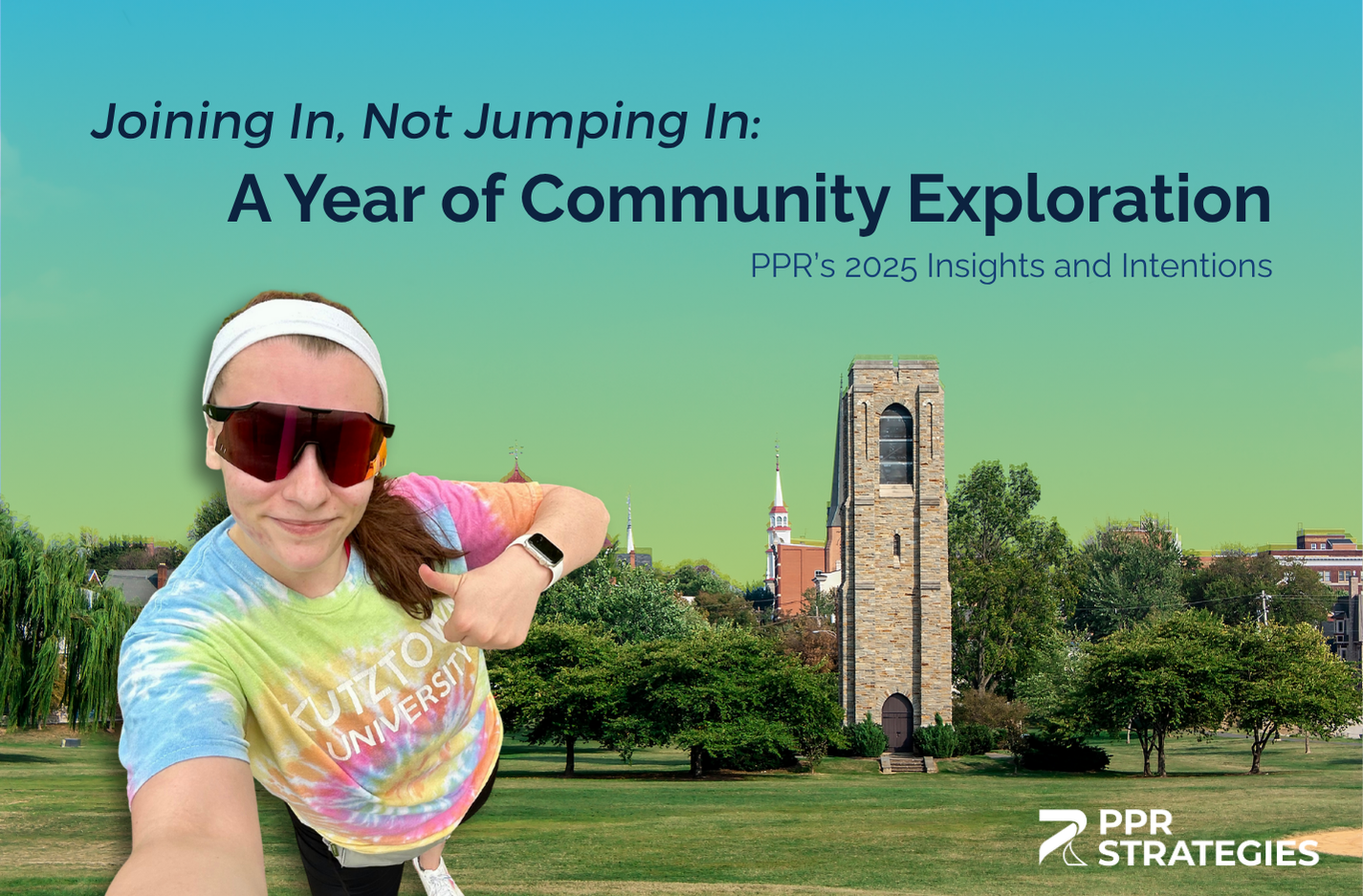Nowadays, creating regular, original content is a non-negotiable. It’s a key way that potential customers can find you, learn about you, and begin to know, like, and trust you.
Whether they end up reading your content after googling a question your article offers the answer to, or seeing an article of yours shared on social media, these all can lead them back to your website and — ultimately — to working with you.
With the constant need to create new content, what are the best ways to come up with it?
You might have multiple people writing your content, or perhaps a ghostwriter.
Or if you’re a “one-person show”, you might struggle with simply staying on top of it.
In each case, it’s important to be consistent with your writing voice, and share information in an engaging way that people want to receive.
Here at PPR Strategies, we have the unique position of ghostwriting content for a variety of clients — each with unique voices, brands, goals, and target markets.
So today I’m taking you behind the scenes to share some tips we’ve found helpful in creating content and keeping it true to an organization’s voice:
Understand the Target Market In Detail Before Writing Anything.
The first step to any type of communication is to thoroughly understand who you are communicating with. Who is your ideal customer avatar? What industry are they in? What’s their age range, socio-economic status, job title? What are the problems you can solve for them, and goals you can help them realize?
Once you know who you’re talking to, figure out what you want to say, the tone, and the style that you want to communicate in. What style is necessary for the piece of writing? Should it read like a newspaper article, or be more conversational like social media status updates? Should it be highly technical, soft-spoken, or subtle?
Having a clear understanding of this information will help you clarify and reach your goals with each piece of content.
Write a Sh**ty First Draft.
Sometimes to get started, you just need to get some ideas on paper. The problem comes when we judge our messy draft and then stop writing it.
Get comfortable with writing… well… a sh**ty first draft. It’s a natural part of the writing process for the first draft to be “bad”. Start with just getting some ideas on paper to work with. Then, you can focus on editing, clarifying, and shaping those ideas.
Tag-Team and Interview (Or Be Interviewed).
If we need more information from the client to get started, or to clarify their voice or ideas, we may set up time to interview the client, pick their brain, and learn about their tone and speech patterns.
By having a conversation and asking questions, you can really get to understand somebody’s voice and easily get downloads of content.
How does this apply to your organization?
You can apply this through “interviewing” another team member with a series of questions to get their ideas. It can often be easier to come up with ideas when prompted in conversation — versus staring at an empty document.
Some questions you might ask are: What are some problems our ideal customers are facing? How are these problems showing up in their lives? What’s the solution? What are a few key tips that allow them to apply that solution? How does this link back to how we can help them?
Then, you can use the material generated to create tailored content for your customers.
Brain Dump Your Thoughts As They Arise in Voice Memos.
This is an approach that I use in most of my writing for PPR Strategies. All of my blogs start out as a voice memo using the free voice recording software on my phone. When I get an idea for a potential blog post, I record it right away. Then, I upload it to a service that will transcribe that content for me.
This creates an easy “first draft” for us to work with. We just need to do some formatting, editing, and filling in of additional info.
I enjoy this approach because it allows me to communicate my thoughts verbally, which is a format that I feel very comfortable using when brainstorming.
So, it’s all about finding ways that work best for you! These are a few approaches we’ve found to be helpful. I’m curious what your approach is. How do you find it most effective to create new content?
Does your organization need help creating consistent, engaging content that converts more customers? Contact us here to get PPR Strategies’s support!
‘Til next time,
Sandy








